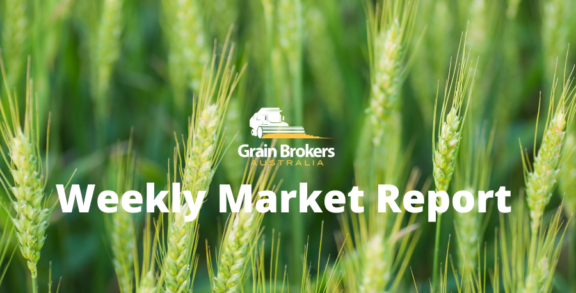
10 June. 2019
Dancing in the Rain
Western Australian farmers are out dancing in rubber boots following the delayed Autumn break. Between 20 to 50 millimetres fell across most farms over the weekend.
The South West of the state traditionally sees the rain break mid-May and there were plenty of growers dry seeding up until the end of the first week in June. The rest had pulled up until further notice. This week is a different story.
So, what does it mean for Harvest 2019? Short term, it’s one big sigh of relief across the region. And provided the potential frosts stay away, the state is on track for another strong harvest.
This regional joy has extended only in patches to other Australian growing zones.
Queensland’s Central Highland growers also donned their dancing boots while Southern Queensland needs significantly more rain for an improved harvest.
And the threat of frost looms large for many growers still recovering from extended drought conditions.
Parts of South Australia are having their driest start for 150 years. And growers from East Gippsland are seeking drought relief despite an early Autumn break.
Rabobank is forecasting a total planted area of 18.4 million tonnes across Australia. This is 13% less than the five-year average.
Rain and frost aside, Indonesia’s expanded Black Sea wheat imports will keep the price pressure on Australian traders and growers during the months ahead.
Once the country’s largest wheat supplier, Australia is finding it hard to compete with the high protein, low price varieties of the Black Sea’s new crop.
This issue is accentuated as traders capitalise on the price inverse between old and new crops.
Meanwhile, West Aussie growers are now shipping malt barley to Victoria in addition to wheat and oats.
Geelong’s Riordan Grains is considering Western Australia as an export source market. And they have indicated they’ll likely be using existing infrastructure such as that belonging to CBH.
Recent shipments from Albany have been delivered to Victoria rather than the northern regions, via Brisbane and Newcastle.
Back on the international stage, United States growers are experiencing a similarly mixed bag of politics, pricing and weather concerns.
Corn growers are experiencing historic planting delays on what is the largest crop on the planet. These delays have also impacted soy and wheat pricing and the market awaits a USDA condition rating report; the first for 2019.
Increasingly, the Black Sea is setting the global standard with the Chicago Board of Trade playing catch-up in a year plagued by delayed and inadequate data from the USDA.
With all these variables at play, it’s heartening to know that some Australian growers have still got something to dance about.
Sarah Woolford
Corporate Broker
Grain Brokers Australia





